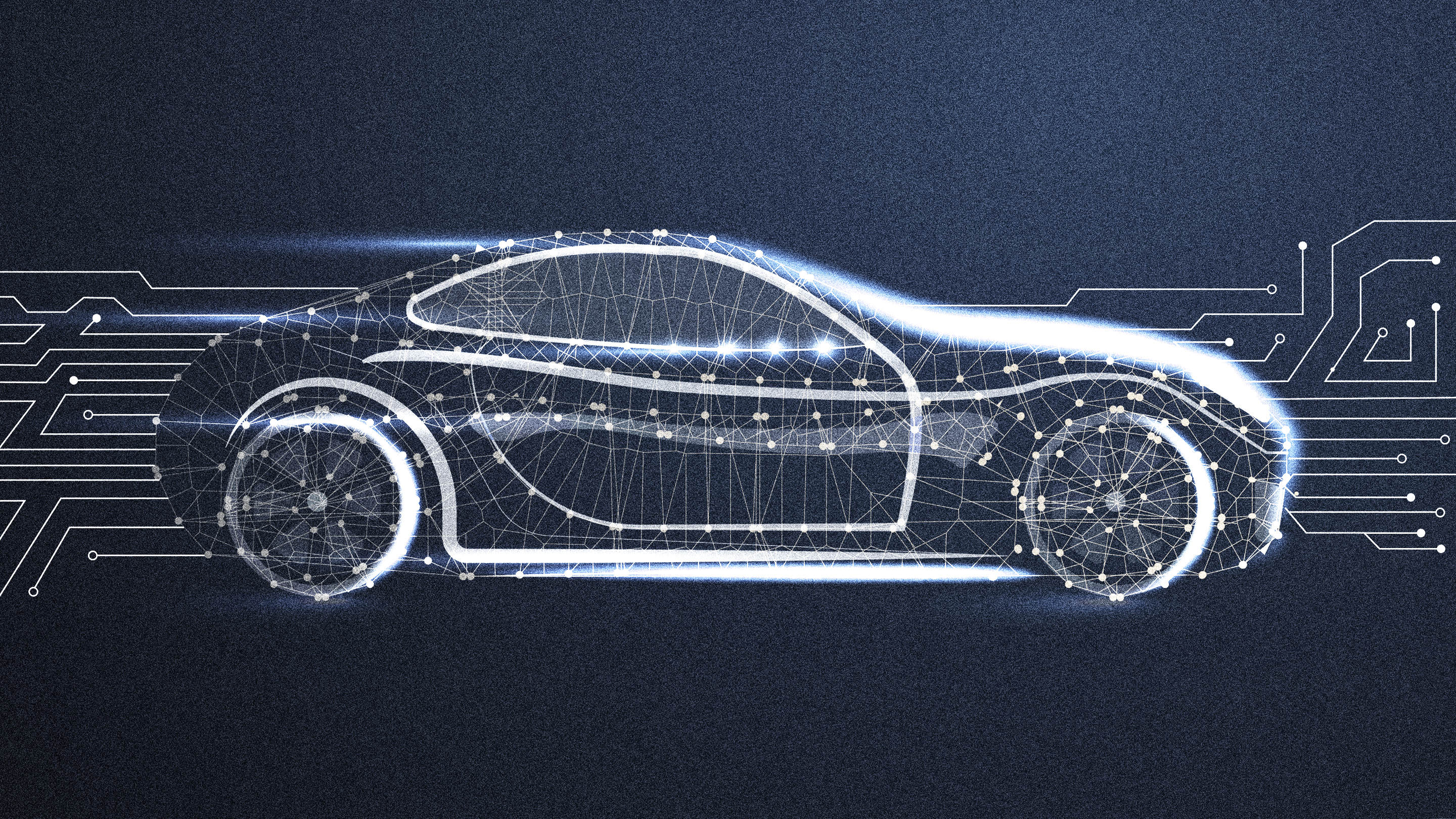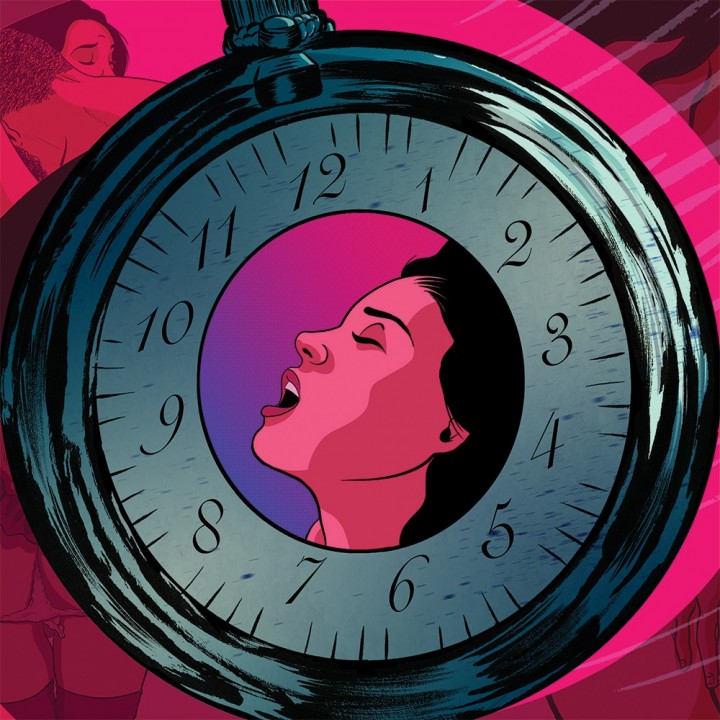
Is the Dream of Self-Driving Cars Doomed by Reality?
Over the past couple of years, many of us have become totally obsessed with a future world where self-driving cars whiz around, or sit idly by, waiting at the beckon call of our smart device. For some, it’s the mere idea of the technology that excites us. For others, it’s how fully-autonomous vehicles could help ease the anxiety of that long commute home from work. Then, there are those who simply dream of a day when they’ll be able to summon their personal self-driving car when they’ve had too many drinks to take the wheel.
But could it be that all this excitement over automated driving systems stems from some overly sensationalized, futuristic world being fueled by those of us in the media? According to a 2016 report by Bloomberg Government, more than half of 1,000 people surveyed noted that they were “very concerned” about the possibility of dangerous outcomes due to autonomous/self-driving vehicles.
The State Farm-sponsored study was even more revealing when it came to those who would consider riding in a vehicle with autonomous/self-driving capabilities, with 30 to 40 percent saying they would only if the vehicle was in an area with few or no other vehicles, in low speed areas, or for very short rides (under 10 minutes).
However, a more recent study by the research group AutoPacific found that more than half of 900 vehicle owners surveyed think self-driving vehicles are a good idea. Could it be a shift in public thinking? Maybe, but the AutoPacific study also found that only 23 percent of the people surveyed were interested in owning a self-driving vehicle. That’s hardly a raving endorsement. But does our general desire to live in a world where everything is faster and easier suggests that our apprehension about the technology is likely a passing phase, much like other innovations that have become widely accepted?
Either way, the truth of the matter is that we’re still years away from the mass implementation of self-driving vehicles on the road. Based on most industry speculations, it’ll likely be more than a decade before consumers can order driverless cars on demand. However, in recent months, some critics have wondered if the entire idea of self-driving technology on public roads needs to be put on hold, in light of what appears to be the first case of a pedestrian fatality involving self-driving Uber vehicle earlier this year, coupled with the death of another Tesla driver using autopilot.
“These two recent crashes remain under investigation, and we will not engage in speculation regarding the causes of each. But what remains quite clear is that we have a long road of development and testing ahead of us before we can count on the safety benefits of automated vehicles,” says Kelly Nantel, vice president of communications and advocacy for the National Safety Council.
Dave Sullivan, manager of Product Analysis for the research firm AutoPacific, paints a grimmer picture about the future of fully autonomous vehicles, in light of the two accidents.
“These deaths will not be the last,” the senior industry analysis tells Playboy. “They gained a tremendous amount of attention for the tragic results but it goes to show how much complexity there is with this new technology. This technology still has to deal with things we see on a daily basis such as snow, intoxicated drivers, distracted drivers and other obstacles. If anyone thinks that the death of the pedestrian by the Uber Volvo is the last, they are not looking at this realistically.”
Despite all the concerns about the safety of self-driving cars, the number of deaths involving human drivers is still far greater than that of autonomous vehicles.
The biggest issue with driverless vehicles, says Sullivan, is that we're expecting a computer to make life and death decisions, coupled with the fact that humans write the code for the vehicles. “Anything humans do leaves room for error. I think the ethical decisions are going to be tough. Who will end up being at fault? One third of the roads in the U.S. are not paved. This presents some challenges in itself,” notes Sullivan.
However, despite all the concerns about the safety of self-driving cars, the number of deaths involving human drivers is still far greater than that of autonomous vehicles.
Peter Sweatman, executive advisor for the Connected and Automated Vehicle Business Unit, CAVita., says the recent autonomous car-related accidents are an unfortunate part of the transition process in adapting the new technology, which will make the roads safer in the future.
“It’s estimated that 94 percent of crashes are caused by driver error,” the tech consultant tells Playboy. “That’s a strong motivation to get to a point where the majority of vehicles are automated and take that human error out of the equation. It’s not only the automated technology. It’s all the connectivity between the vehicles…especially when it comes to any risk that might be arising and giving you some warning.”
Sullivan, on the other hand, sees larger public transportation vehicles as a safer and more practical use of the technology in the years to come, due to the nature of the vehicles being on fixed routes. “The business model might exist for large people-movers—basically minibuses,” says the senior industry analyst. “I think people are under the notion they'll be able to go into their garage and hit a button that says ‘Go to Disney World’ and the car will take them there. We are so far from that.”
There’s also the issue of lingering public skepticism about self-driving cars, spanning from concerns about the computer system malfunctioning to someone hacking into the system and taking over the vehicle, all of which could impact the adaptation of the technology in the future.
Either way, the fact is the car industry seems determined in its pursuit to further advance self-driving features, which is apparent in the growing number of marketing campaigns that promote the technology. Let’s hope that well-thought-out human insight becomes an even bigger part of the development process, as well all continue to search out ways to make our lives easier.









